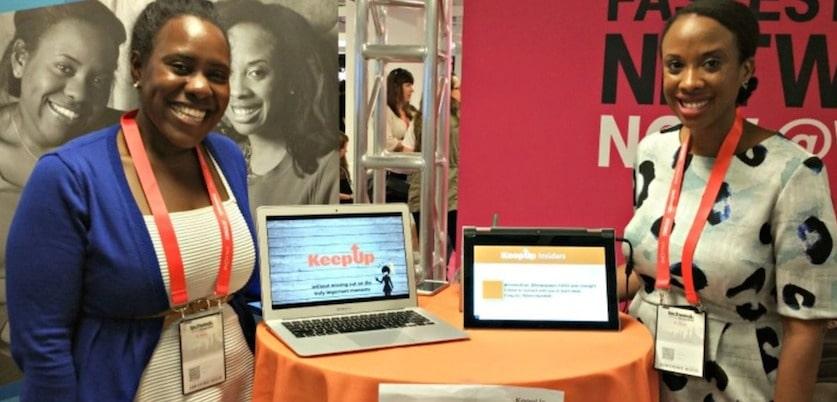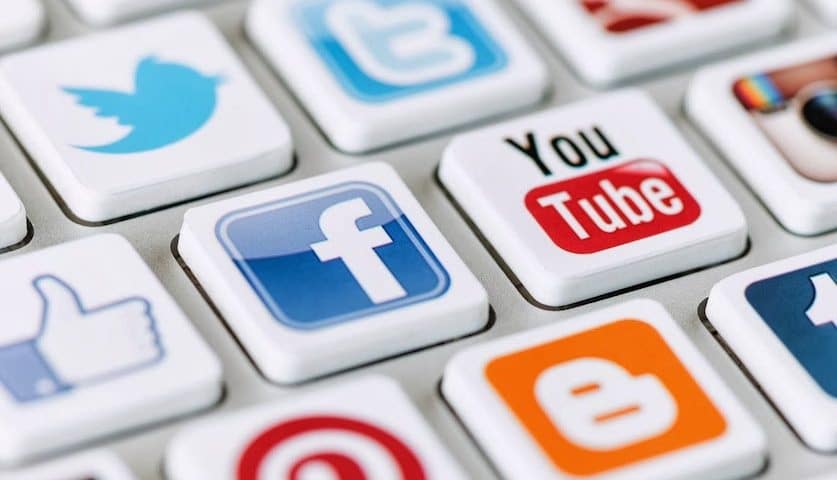
Three ways to begin fixing Silicon Valley’s ‘pipeline’ problem
July 16, 2015
10 Tech Startups with Black Founders we are Excited About
July 17, 2015I have been a big fan of social media before the term was even coined. I was doing social media about 15 years ago, back in the days of MSN and Yahoo groups. The advent of Facebook has largely killed Yahoo groups, although some of them are stubbornly surviving. While some people might see social media as a huge waste of time, it is an essential tool for media professionals. Most PR agencies expect new hires to be proficient in social media and journalists are urged to go on it by their bosses. However, I was surprised when I was at a meeting for journalists a few years ago, and several people didn’t have Twitter accounts. Here are five ways journalists can use social media:
- Finding sources. If you’re working on a story and looking for experts, social media is great tool. While HARO is useful, I usually post requests on Twitter, Facebook and LinkedIn. LinkedIn is a great source, since it’s focused on professionals. You can also go into LinkedIn and Facebook groups and post your request.
- Promotion. Social media is a good way to put your work in front of more eyeballs. Twitter and Facebook are a major sources of news stories, with many people first finding out about breaking events on social media. According to a Pew research study, 30 percent of Facebook users get news from the site. The Pew study also stated 64 percent of Americans use Facebook. Additionally, social media is a great way to track the popularity of your work. Most sites have embedded links that show how many times a story has been shared. I recently did an interview with Col. Lawrence Wilkerson, former chief of staff to Colin Powell, when he was secretary of State. I was able to track the story as it went viral. It was eventually shared 22,000 times on Facebook alone. These are important stats to share with your boss. All journalists should be doing this.
- Teasers. Apart from promoting your work, you can use social media to give your followers teasers about what you’re working on. I have often posted updates about upcoming big interviews. This generates interest and makes readers more likely to click on the story when it’s eventually published.
- Research. Social media can be used to find information on people when you’re doing background research. LinkedIn is a great resource for this because it basically lays out a person’s professional background. You can also find a lot about a person’s interests and political views by looking over their Twitter feed or Facebook page.
- Interviewing. With people often on the run, sometimes it’s tough to pin them down for a phone call. I have used Facebook chat to conduct interviews. This is actually much easier, because the answers are preserved in the chat, and can be easily referenced. Also, many young people feel more comfortable talking in chat than on the phone. Instant messenger also makes it much cheaper and easier to conduct international interviews.
So there you have it, five ways journalists can use social media to promote their work, do research and interact with readers. Social media is not just a time suck, it can also be a valuable tool — if you know how to use it right.
Manny Otiko is a freelance journalist who writes for Salon, FourFourTwo, The Atlanta Black Star and Bossip. Follow him on Twitter, Facebook and LinkedIn.








